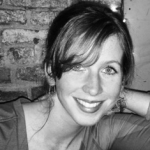
Meg Salocks
Arts Ed in Museum Spaces: The Rebirth of the Fitchburg Art Museum
Posted by Feb 13, 2015

Meg Salocks
The Fitchburg Art Museum (FAM), located in Central Massachusetts, is an interesting example of a small community museum founded for a very different local population than the one in which it finds itself today. This has led to an even more interesting fold of arts education within their walls, as you’re about to find out!
The FAM was originally founded by Fitchburg native and painter, Eleanor Norcross, in 1929 to share her collections of European, Egyptian, and ancient art with local middle class families. Today, the local population is approximately 40% Hispanic, as well as Laotian, Mung, and Cambodian. The Fitchburg Art Museum must not only appeal to this varied population that is so different from its founding environment, but also to a significantly different base of older families and private schools that also consider the greater Central Massachusetts area home; a tricky task for any small institution.
Read More

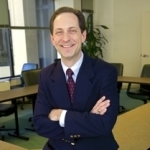
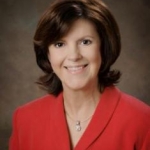
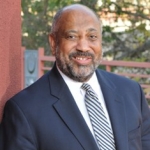
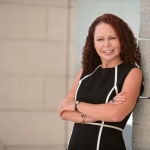

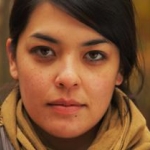
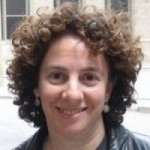
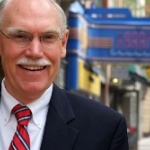

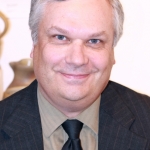




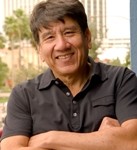 Roberto Bedoya
Roberto Bedoya
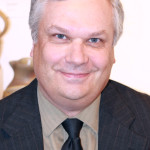 John Davis
John Davis

 Bob Leonard
Bob Leonard

 Nato Thompson
Nato Thompson
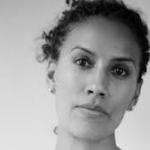
 Aracelis Girmay
Aracelis Girmay
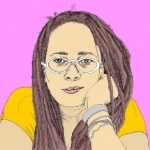

 Clay Lord
Clay Lord

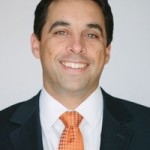
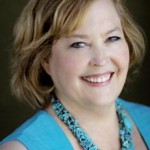 Laura Bruney
Laura Bruney
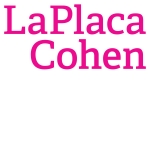
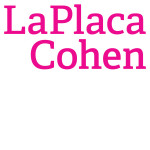 Over the past few weeks, a new face has been popping up at street fairs and food festivals across the country: an Amazon “food truck,” doling out Kindle Fires alongside neighboring trucks’ hot dogs, hamburgers, and artisanal cupcakes.
Over the past few weeks, a new face has been popping up at street fairs and food festivals across the country: an Amazon “food truck,” doling out Kindle Fires alongside neighboring trucks’ hot dogs, hamburgers, and artisanal cupcakes.
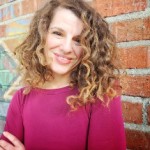 Jennifer Abssy
Jennifer Abssy
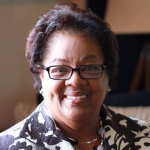
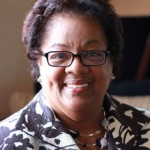 Margie Johnson Reese
Margie Johnson Reese
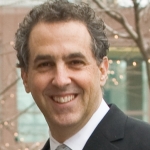
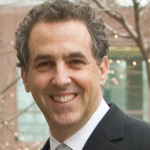 Jonathan Herman
Jonathan Herman

 Cameron Russell
Cameron Russell

 Meredith Frazier Britt
Meredith Frazier Britt






